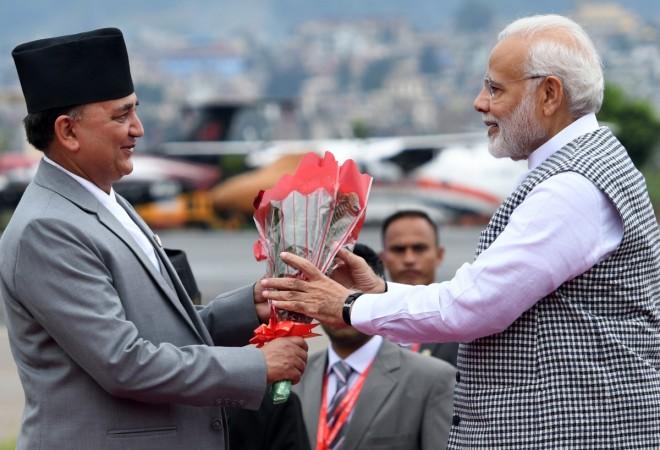
The fourth summit of Bay of Bengal Initiative for Multi-Sectoral Technical and Economic Cooperation or simply BIMSTEC recently concluded in Kathmandu, Nepal.
Although the BIMSTEC has been in existing since 1997, it was kept on the backburner. However, it has recently been revived. So, what is the reason that this grouping has been revived lately and why is it crucial for India to be a part of such grouping. Let's find out.
SAARC minus Pakistan
The push to revive the BIMSTEC came from India after the deadly terror attack in Uri where 19 soldiers were killed. As a reaction to the attack, India tried to diplomatically isolate Pakistan by boycotting the SAARC summit scheduled in Islamabad in November 2016; a decision which was supported by many SAARC countries. India hosted an outreach summit later with the leaders of BIMSTEC at the sidelines of the BRICS summit in Goa.
India believed that the potential of SAARC is untapped and one of the major reasons being the obstructionist response from Pakistan. It may be noted that at the 2014 SAARC summit in Kathmandu, Modi said these opportunities must be realised "through SAARC or outside it" and "among us all or some of us", which further paved the way of reviving BIMSTEC.
A united front to counter Chinese influence in the region
BIMSTEC has the objective of the bridging the gap between countries of South Asia and Southeast Asia. Originally, it was formed as BIST-EC (Bangladesh, India, Sri Lanka and Thailand Economic Cooperation) in 1997; it later became BIMST-EC when Myanmar joined, and eventually BIMSTEC (Bay of Bengal Initiative for Multi-Sectoral Technical and Economic Cooperation) in 2004 with the inclusion of Nepal and Bhutan.
Across the seven member countries, around 22 percent of the population lives around the Bay of Bengal with a combined GDP of $2.7 trillion. India can play a major role in connecting these countries with road and sea projects; with China and Pakistan being reluctant on showing co-operation on mutual growth, BIMSTEC can serve as a golden opportunity for India to become a leader in the region.

















